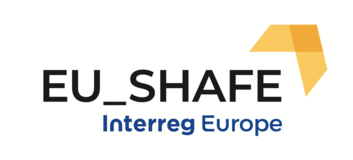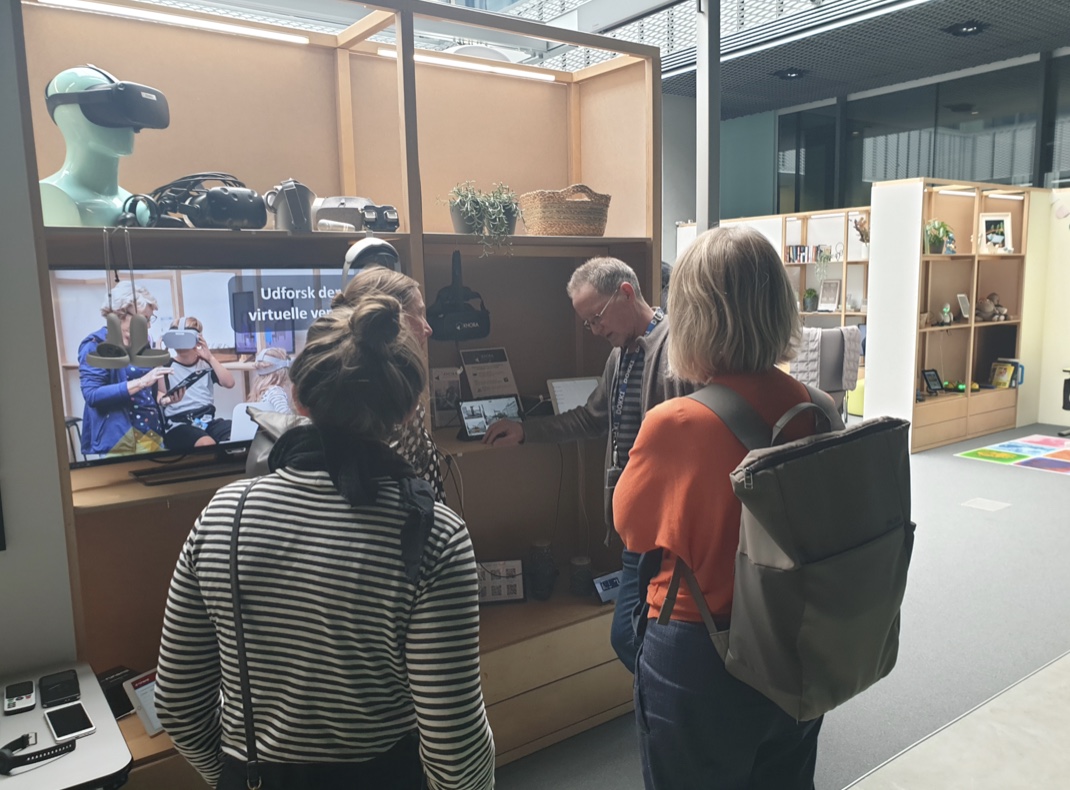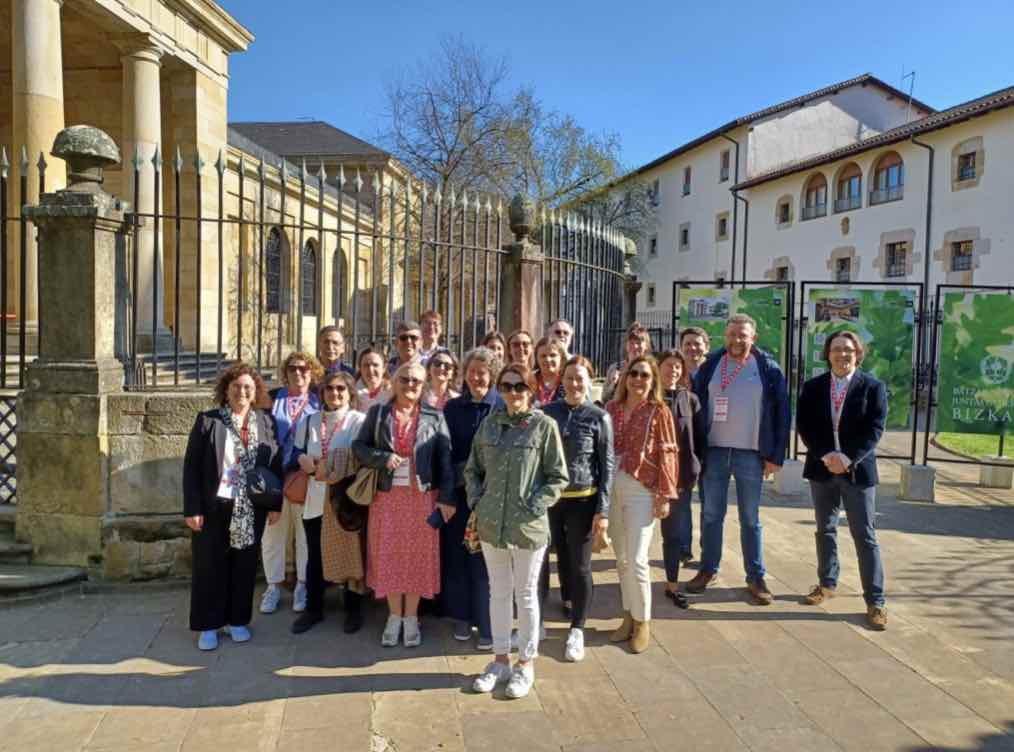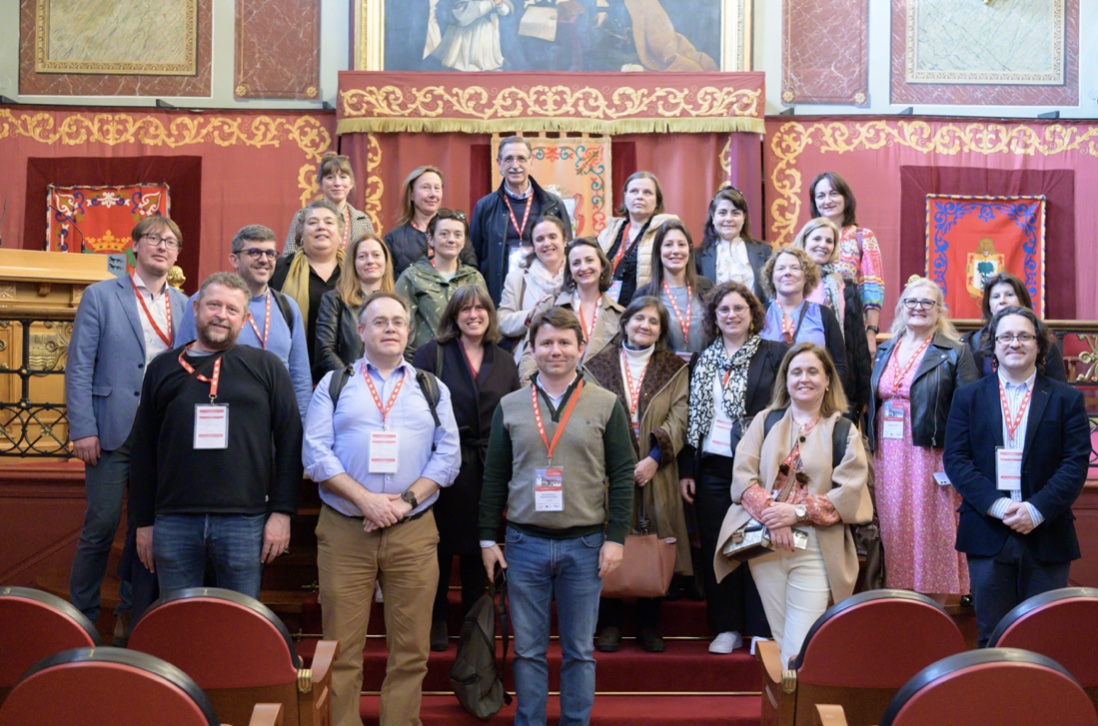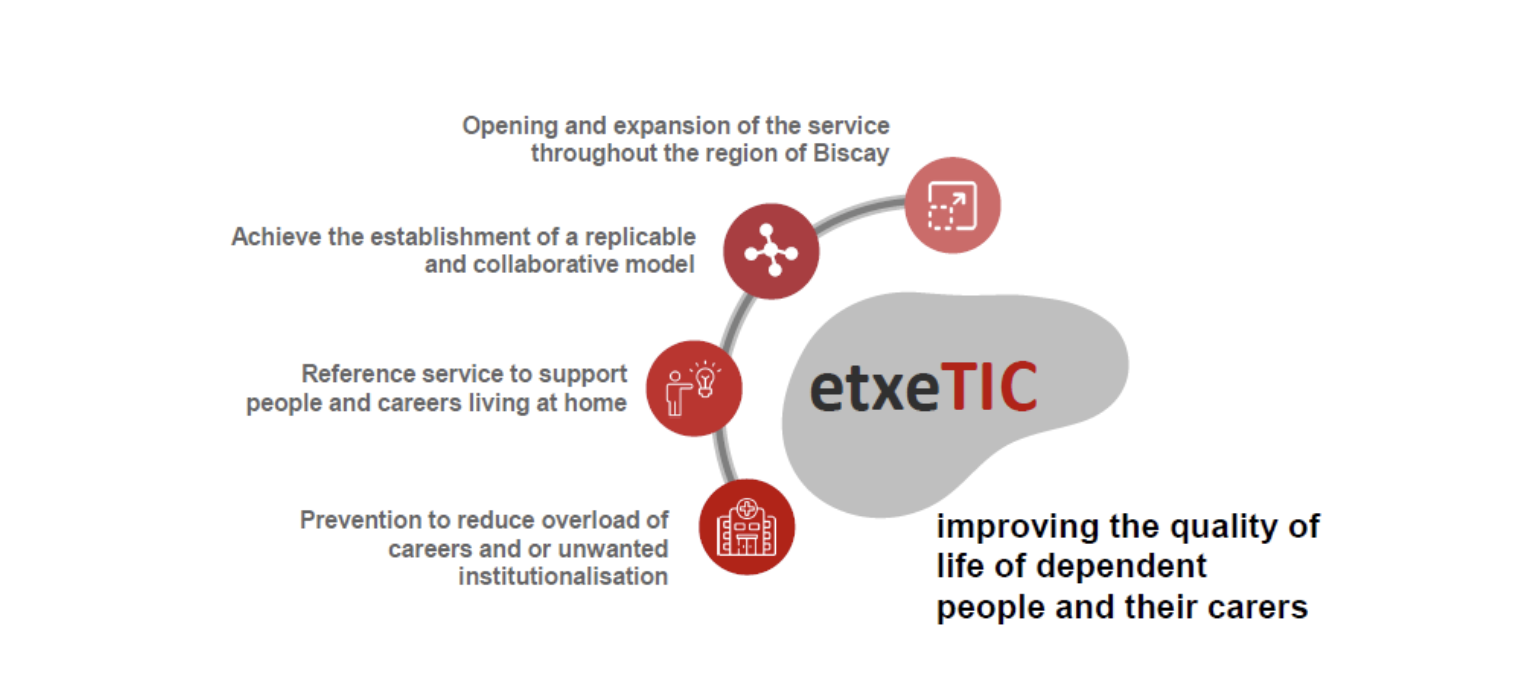After two years and a half of study visits and meetings to exchange experiences and analyse good practices around Europe, the EU_SHAFE project has come at the end of its first phase of activities. Main outcome of this intense collaboration between the regions part of the project’s consortium is the finalization of their Action Plans.
These documents contain strategies for use in the respective regions based on the experiences made, the lessons learnt and the knowledge gained through the interregional cooperation and the examples of good practice. Each action plan specifies the nature of the actions to be implemented to improve the regional policy instruments tackled, their timing, stakeholders involved, costs and sources of funding.
The main aim of the EU_SHAFE action plans is to promote the well-being and independent life of European citizens, positively impacting the challenge of demographic change in Europe.
To properly address this challenge, the creation of an ecosystem model where policy domains are cohesively integrated to promote and sustain the development of smart healthy age-friendly environments is crucial.
Policy makers and other key actors at the territorial level should foster this cross-sectoral cooperation to promote the implementation of inclusive and appropriate environments for people as they age.
Based on an initial assessment of each project’s region in 4 out of the 8 SHAFE domains as defined by the WHO Age-Friendly Cities Framework, 33 good practices have been identified and shared for inter-regional learning. The 4 domains selected by the EU_SHAFE partners, as judged more relevant for their needs of intervention in the area of social innovation, are Housing, Social Participation, Communication and Information, Health and Community Services.
The interregional exchange of experiences has inspired each regional partner and guided the development of the Action Plans. During the project’s second phase, started on February this year, each EU_SHAFE region has/will kick start the implementation of the concrete actions foreseen in each plan with the ultimate goal of improving the addressed policy area and related instruments.
